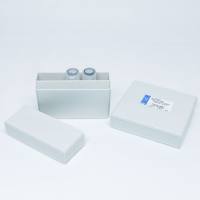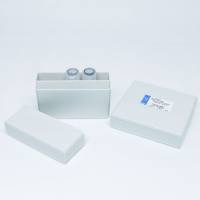Introduction to Alzheimer’s Disease
In 1907, Alois Alzheimer published an account (1 ) of a 51-year-old female patient, Auguste D., who suffered from strong feelings of jealousy towards her husband, increased memory impairment, disorientation, hallucinations, and often loud and aggressive behavior. After four and a half years of rapidly deteriorating mental illness, Auguste D died in a completely demented state. Postmortem histological analysis of her brain using the Bielschowsky silver technique revealed dense bundles of unusual fibrils within nerve cells (neurofibrillary tangles or NFTs) and numerous focal lesions within the cerebral cortex, subsequently named “senile plaques” by Simchowicz (2 ) Fig. 1 ). This combination of progressive presenile dementia with senile plaques and neurofibrillary tangles came to be known as Alzheimer’s disease (AD), a term that was later broadened to include senile forms of dementia with similar neuropathological findings. It was Divry (3 ) who first demonstrated the presence of amyloid at the center of the senile plaque, by means of Congo red staining. All amyloid deposits were originally thought to be starch-like in nature (hence the name), but it is now apparent that they are formed from a variety of different peptides and proteins (the latest count being 18). All amyloid share the property of a characteristic birefringence under polarized light after staining with Congo red dye, which is due to the presence of well-ordered 10 nm fibrils. The underlying protein component of these fibrils invariably adopts predominantly an antiparallel β-pleated sheet configuration. Ultrastructural observations have confirmed that the core of the senile plaque consists of large numbers of closely-packed, radiating fibrils, similar in appearance to those seen in other forms of amyloidosis (4 ,5 ), and have also revealed the presence of paired helical filaments (PHFs) within the NFTs (6 ). However, it took more than 50 yr from Divry’s original observation to determine the precise chemical nature of the senile plaque amyloid. Many neuropathologists have regarded this amyloid as a “tombstone” (an inert bystander) of AD. However, the advent of molecular genetics has finally and firmly established the central role of amyloid in the pathogenesis of the disease, although this is still disputed by some workers in the field. This introductory chapter is written in support of what has become known as the “amyloid cascade” hypothesis.
![预览]()






